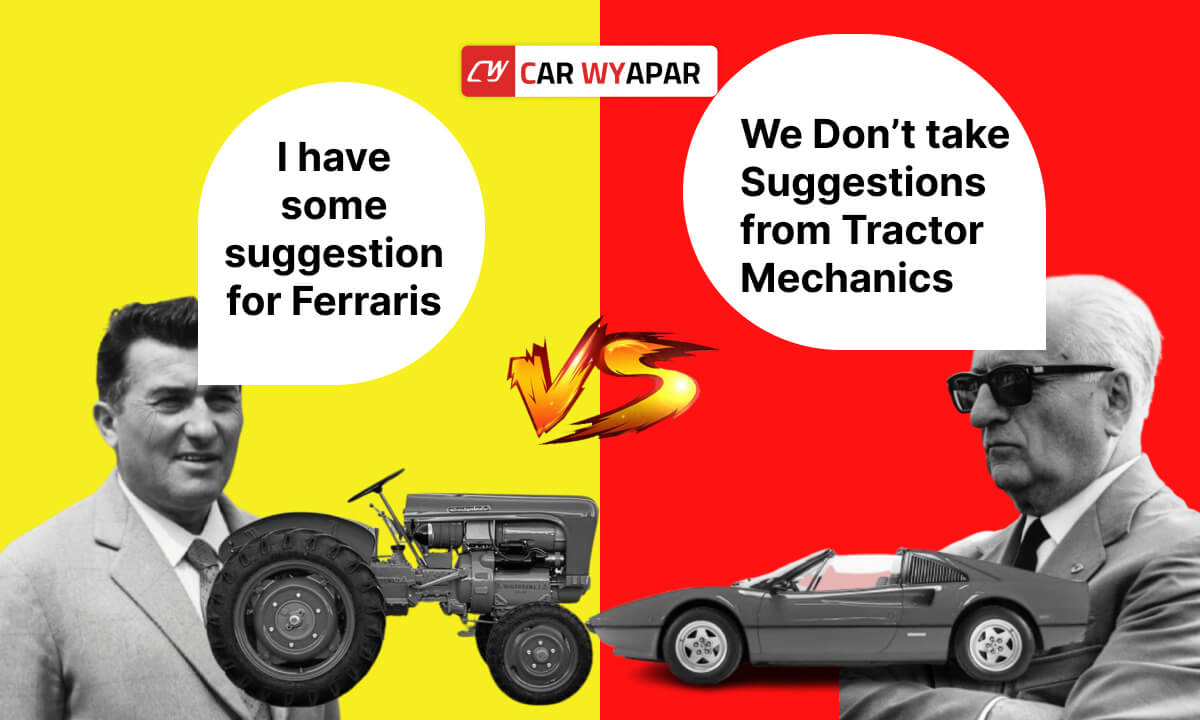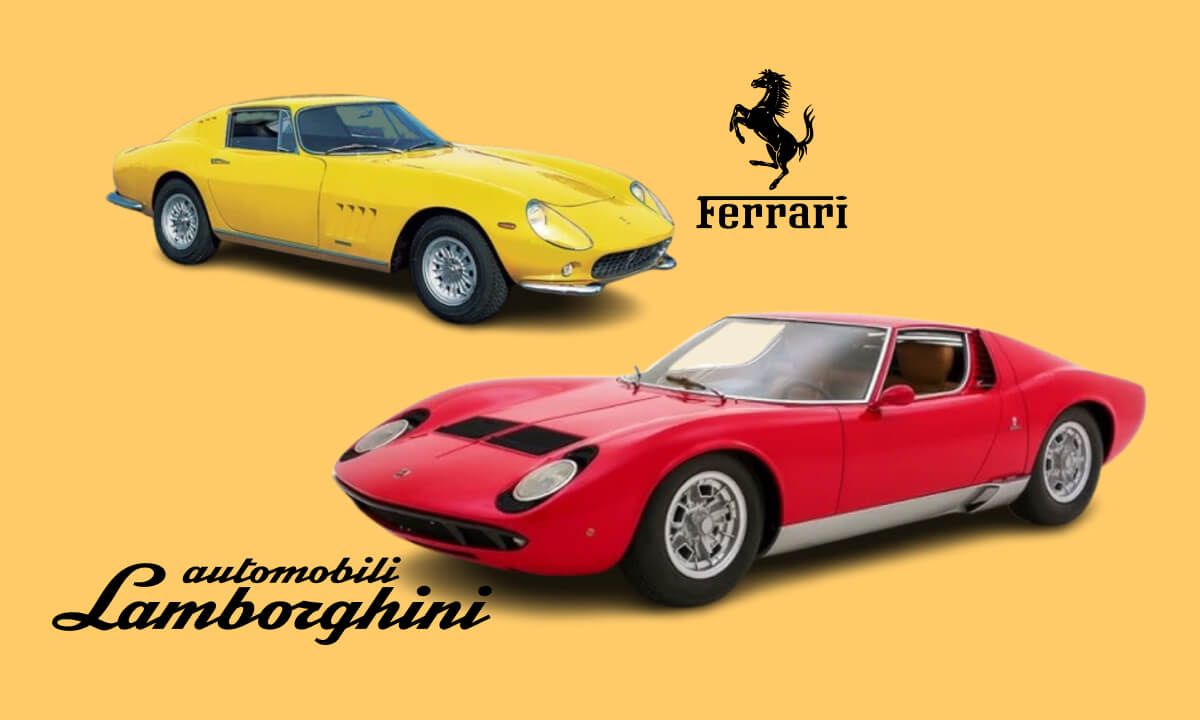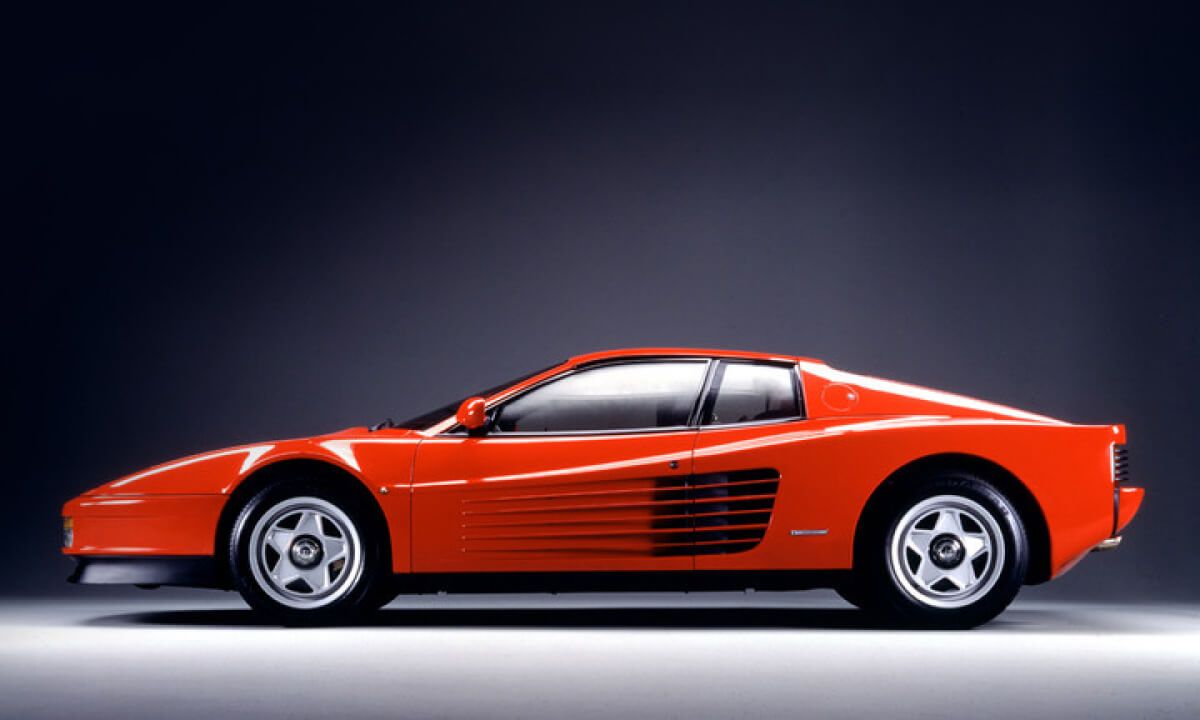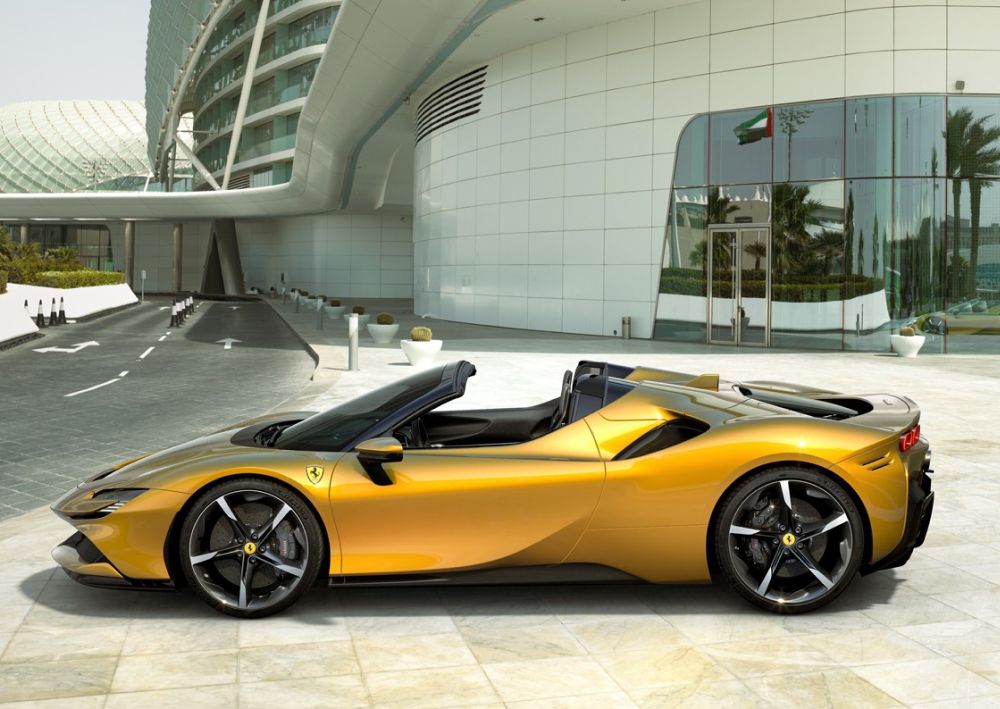Ferrari vs Lamborghini Story: How Insulting a Tractor Maker Created Its Biggest Rival
Published On 20/12/2024, 3:59:59 pm Author Zeeshan Ali AqudusFerruccio Lamborghini was a die-hard fan of sports cars. His tractor manufacturing business was thriving, and he fulfilled his dream of owning a Ferrari. However, his innovator’s brain noticed an issue with the clutch, possibly suggesting a dual-clutch improvement, and he wrote to Ferrari with his feedback. The way Ferrari replied felt derogatory, which made Ferruccio furious. Furious Ferruccio created Ferrari Rival!

“Tractor drivers should stick to tractors.”
This was Enzo Ferrari’s dismissive response when Ferruccio Lamborghini, an automotive enthusiast and seasoned inventor, offered feedback after purchasing a Ferrari 250 GT. Ferruccio wasn’t just any buyer; he was a successful entrepreneur whose thriving tractor business gave him both the means and the technical knowledge to appreciate—and critique—high-performance vehicles.
Ferruccio’s suggestion, possibly about improving the car’s clutch system, wasn’t taken seriously. Instead, Ferrari’s response belittled his background as a tractor manufacturer.
Ferruccio Lamborghini in the 1950s was like the modern-day AI enthusiast—someone with a passion for innovation and a vision for the future. Much like today’s AI startups, automobile startups back then were on the rise. The industry wasn’t dominated by massive mega factories; instead, it was an ecosystem of small coachbuilders experimenting with designs and engineering.
That was the time when design was becoming an integral part of machines. Industrial design ensured that cars were not just mechanical marvels but also aesthetic masterpieces. Italy, already renowned as a global design hub, played a pivotal role in shaping this trend. Meanwhile, Germany's Bauhaus design school added another layer of sophistication, giving European automobiles a unique blend of art and engineering.
Lamborghini's First Car

Ferruccio started by leveraging his deep understanding of mechanical engineering and his entrepreneurial acumen. His first car, the Lamborghini 350 GT, debuted in 1964. It was designed to be the ultimate luxury sports car, combining breathtaking aesthetics with robust engineering.
Unlike Ferrari, which focused heavily on racing pedigree, Ferruccio wanted his cars to prioritize the driving experience on regular roads. He recruited some of the best minds in the industry, including Gian Paolo Dallara, to design and engineer his vehicles.
The success of the 350 GT set the foundation for what would become a legendary lineup.
Lamborghini Miura: The Game Changer Car

In 1966, the rivalry between Ferrari and Lamborghini reached new heights. Ferrari unveiled the 275 GTB, a beautifully crafted front-engine grand tourer that showcased their racing heritage and engineering excellence. On the other hand, Lamborghini introduced the revolutionary Miura, the world’s first mid-engine production car designed specifically for road use. This groundbreaking design, inspired by Ferruccio Lamborghini's vision and executed by the engineering team led by Gian Paolo Dallara and Paolo Stanzani, not only redefined performance but also set a new benchmark for design and aesthetics.
Lamborghini’s bold move to position the V12 engine transversely behind the passenger compartment was a game-changer, offering superior weight distribution and handling dynamics. Combined with its breathtaking design by Marcello Gandini at Bertone, the Miura not only captivated the automotive world but also defined the architecture of modern supercars and sports cars. This innovative layout became the gold standard, influencing decades of high-performance car design and firmly establishing Lamborghini as a pioneer in the industry.
While the Ferrari 275 GTB impressed with its traditional elegance, the Miura’s aesthetics were light-years ahead. The Miura's low-slung silhouette, curvaceous body lines, and bold styling were unlike anything the automotive world had seen. The “eyelash” headlight surrounds and the engine visible beneath the rear glass added to its allure.
The 275 GTB, while beautiful, retained a conservative design ethos rooted in Ferrari’s racing history. The Miura, by contrast, was avant-garde—an embodiment of the 1960s' design revolution influenced by Bauhaus principles of integrating form and function.
In terms of performance, the Lamborghini Miura outshone the Ferrari 275 GTB in nearly every aspect. The Miura was powered by a 4.0-liter V12 engine that delivered an impressive 350 horsepower, propelling the car to a top speed of 174 mph and enabling it to accelerate from 0 to 60 mph in just 5.2 seconds. Its innovative mid-engine layout provided exceptional handling and balance, setting it apart from traditional front-engine sports cars of the time.
In comparison, the Ferrari 275 GTB featured a 3.3-liter V12 engine producing 280 horsepower, with a top speed of 160 mph and a 0-60 mph acceleration time of approximately 6.0 seconds. While the 275 GTB was a masterpiece of engineering and reflected Ferrari's deep racing heritage, its front-engine configuration and more conservative design felt outdated when placed next to the bold and forward-thinking Miura.
Lamborghini VS Ferrari in 70s

Ferrari had deep pockets, benefiting from decades of brand prestige, racing heritage, and a larger, more established customer base. This financial strength allowed Ferrari to produce a wide range of cars that appealed to a broader market, including both performance enthusiasts and luxury car buyers. Throughout the 1970s and 1980s, Ferrari could afford to invest in continuous innovation, as seen in the launch of models like the Ferrari 308 GTB/GTS and the Testarossa, both of which enjoyed significant production numbers and sales success.
 On the other hand, Lamborghini faced significant limitations. While the brand’s creativity and bold designs, particularly the Miura and Countach, gained immense attention, Lamborghini struggled with financial instability. The company was smaller, more reliant on exclusivity, and lacked the deep financial resources Ferrari had. By the late 1970s and early 1980s, Lamborghini’s production capacity was constrained, leading to far fewer units being produced compared to Ferrari. For example, the Countach became a cultural icon, but Lamborghini only managed to produce just over 2,000 units between 1974 and 1990.
On the other hand, Lamborghini faced significant limitations. While the brand’s creativity and bold designs, particularly the Miura and Countach, gained immense attention, Lamborghini struggled with financial instability. The company was smaller, more reliant on exclusivity, and lacked the deep financial resources Ferrari had. By the late 1970s and early 1980s, Lamborghini’s production capacity was constrained, leading to far fewer units being produced compared to Ferrari. For example, the Countach became a cultural icon, but Lamborghini only managed to produce just over 2,000 units between 1974 and 1990.
Lamborghini VS Ferrari now
 Ferrari's broader range of hybrid models, including the SF90 Stradale and Ferrari 296 GTB, has helped the brand stay ahead in overall numbers. Lamborghini, on the other hand, has focused on exclusivity, with a more limited production, but it has seen steady growth, especially with models like the Huracán and Aventador.
Ferrari's broader range of hybrid models, including the SF90 Stradale and Ferrari 296 GTB, has helped the brand stay ahead in overall numbers. Lamborghini, on the other hand, has focused on exclusivity, with a more limited production, but it has seen steady growth, especially with models like the Huracán and Aventador.
During the 2020-2024 period, both Ferrari and Lamborghini have continued to push the boundaries of automotive performance, with Ferrari making significant strides in hybrid technology, while Lamborghini has remained focused on delivering pure performance. However, Lamborghini has now entered the hybrid race.
 Lamborghini’s latest reveal, the Temerario, is a bold leap forward in the evolution of the brand’s supercar legacy, positioning itself as a strong contender in the super car segment. One of the most significant changes is the engine setup. The Temerario is powered by a newly developed 4.0-litre twin-turbocharged V8, paired with a 3.8kWh battery pack, marking Lamborghini’s first serious foray into hybrid technology. This contrasts sharply with the Huracán, which featured a naturally aspirated 5.2-litre V10 engine. Rear about it here.
Lamborghini’s latest reveal, the Temerario, is a bold leap forward in the evolution of the brand’s supercar legacy, positioning itself as a strong contender in the super car segment. One of the most significant changes is the engine setup. The Temerario is powered by a newly developed 4.0-litre twin-turbocharged V8, paired with a 3.8kWh battery pack, marking Lamborghini’s first serious foray into hybrid technology. This contrasts sharply with the Huracán, which featured a naturally aspirated 5.2-litre V10 engine. Rear about it here.
Lamborghini, like Ferrari, offers exclusivity and unparalleled performance. Though it’s true that Ferrari may still hold a slight edge in terms of sales volume, Lamborghini is by no means a mere challenger.
One insult and Ferrari got a Life Long Competitor!
One insult to the wrong person can cost you more than you ever imagined. Enzo Ferrari's dismissive response to Ferruccio Lamborghini’s suggestion didn’t just offend a tractor manufacturer, it also sparked the creation of a rival that would go on to challenge Ferrari for decades.
That one moment of arrogance turned into a lifelong rivalry!
















